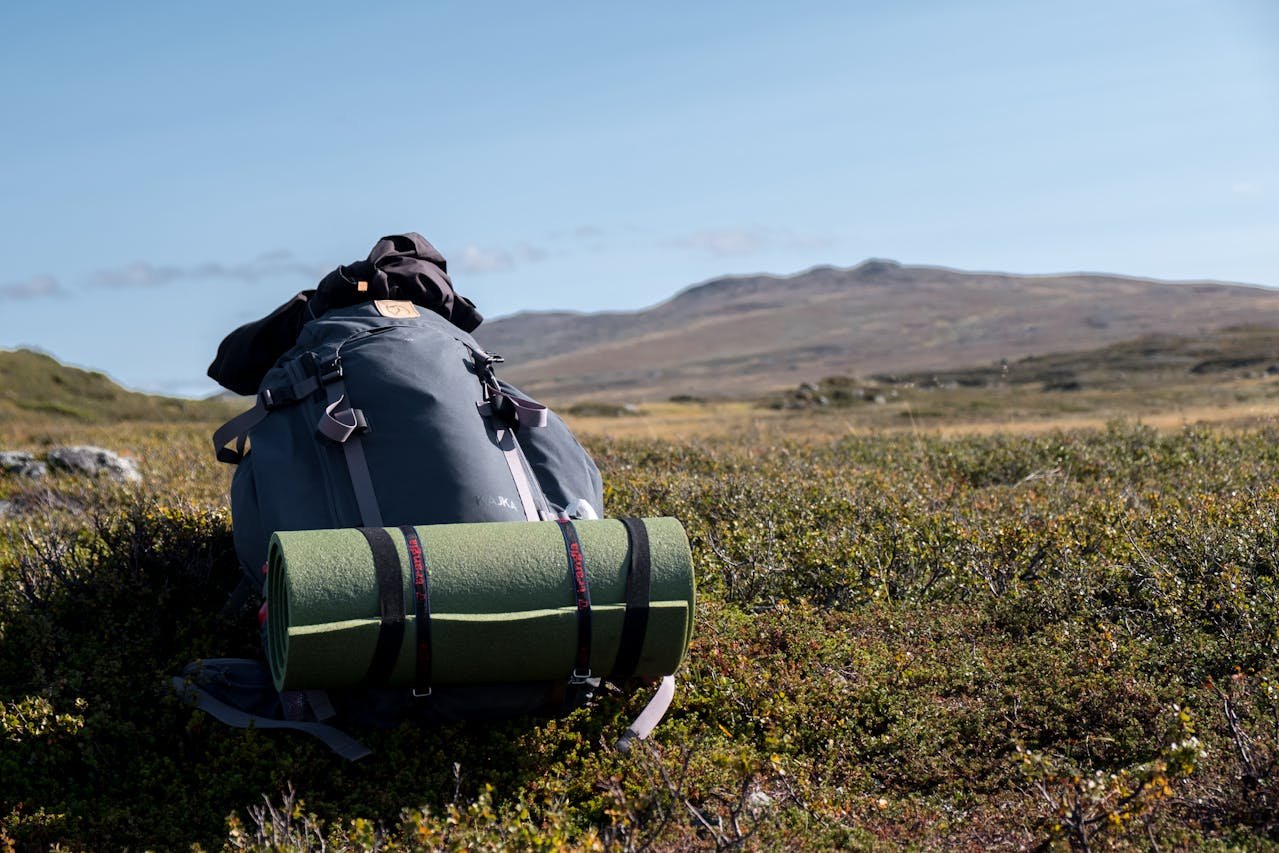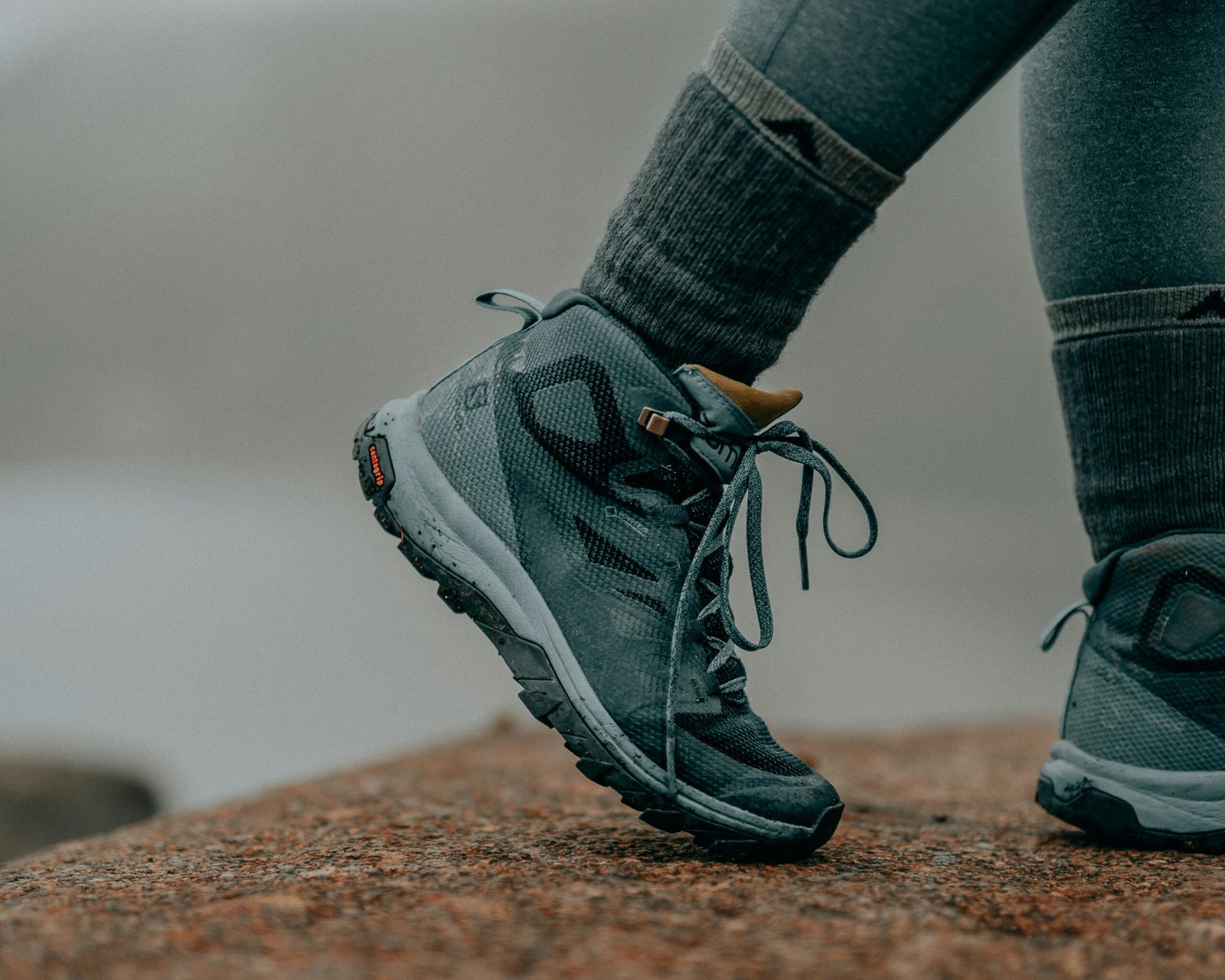Understanding Different Types of Hiking Backpacks
When embarking on a hiking adventure, selecting the right backpack is crucial for comfort and functionality. There are several types of hiking backpacks designed to meet different needs, including daypacks, overnight packs, and multi-day packs. Each type has unique features and capacities, tailored for specific uses.
Daypacks are designed for short hikes and typically have a capacity ranging from 10 to 30 liters. These backpacks are lightweight and prioritize convenience and mobility over storage. They often feature compartments for hydration reservoirs, snacks, and essential gear like maps or a first aid kit. Popular models include the Osprey Talon and Deuter Speed Lite, both known for their ergonomic designs and durability. Daypacks are ideal for single-day excursions where minimal gear is required.
Overnight packs are suitable for hikes that extend into one or two nights. With capacities ranging from 30 to 50 liters, these packs offer more storage space for additional gear such as a tent, sleeping bag, and extra clothing. They typically include features like adjustable suspension systems, padded hip belts, and multiple compartments to distribute weight evenly and enhance comfort. The Gregory Baltoro and REI Co-op Flash are popular choices in this category, offering balance between capacity and comfort. Overnight packs are best for short backpacking trips where extra gear is necessary but weight management is still important.
Multi-day packs are designed for extended trips lasting several days or even weeks. These backpacks can hold 50 liters or more, providing ample space for all necessary equipment, food, and personal items. They are built with advanced suspension systems, load lifters, and ventilation features to handle heavier loads and long-distance travel. Notable models include the Osprey Aether AG and the Deuter Aircontact, both renowned for their robustness and support. Multi-day packs are suitable for long treks where self-sufficiency and carrying capacity are critical.
Choosing the right type of hiking backpack depends on the duration and nature of your hike. Assessing the specific requirements of your trip will help determine whether a daypack, overnight pack, or multi-day pack is the most appropriate choice, ensuring a comfortable and enjoyable hiking experience.
Key Features to Look for in a Hiking Backpack
When selecting a hiking backpack, ensuring it has the right features is crucial for comfort and functionality on the trail. One of the most important aspects is the proper fit and adjustability. A well-fitting backpack should come with adjustable shoulder straps, a padded hip belt, and options for torso length adjustments. These features allow the backpack to conform to your body, distributing weight evenly and reducing strain on your back and shoulders.
Another critical feature to consider is the ventilation system. Many modern hiking backpacks are designed with mesh back panels and ventilation channels to promote airflow and prevent excessive sweating. This is particularly important during long hikes in warm weather, as it helps to keep you cool and comfortable.
Hydration compatibility is also essential. Look for backpacks that have a designated compartment for a hydration reservoir and routing for the sip tube. This allows for easy access to water without the need to stop and unpack your gear, which is highly beneficial during strenuous activities.
Accessibility of pockets and compartments is another key feature. Multiple pockets, including easy-to-reach side pockets and a top lid compartment, can help you organize your gear efficiently. Some backpacks also offer front-loading or panel-loading designs that provide quick access to the main compartment without unpacking everything from the top.
Additional features can enhance the functionality of your backpack. These include built-in rain covers to protect your gear from unexpected weather, attachment points for trekking poles or ice axes, and dedicated compartments for sleeping bags. These features can add convenience and versatility to your hiking experience.
Lastly, evaluating the quality and durability of materials used in the construction of a backpack is essential. Look for backpacks made from high-denier nylon or polyester, which offer excellent resistance to wear and tear. Reinforced seams, sturdy zippers, and high-quality buckles also contribute to the overall durability and longevity of the backpack.
How to Determine the Right Size and Fit for Your Hiking Backpack
Determining the correct size and fit for your hiking backpack is crucial for ensuring comfort and reducing strain during your hiking adventures. The first step in this process is accurately measuring your torso length and hip size. To measure your torso length, locate the bony bump at the base of your neck, known as the C7 vertebra, and measure down to the top of your hip bones. This measurement will help you select a backpack that aligns with the length of your back, ensuring a balanced load distribution.
Equally important is measuring your hip size, as most of the weight from your backpack should ideally rest on your hips. Wrap a measuring tape around the top of your hip bones to get an accurate measurement. This will assist in choosing a hip belt that fits snugly without causing discomfort.
Load distribution is a significant factor in backpack comfort. A well-fitted hiking backpack should have adjustable shoulder straps, hip belts, and load lifters. Start by adjusting the shoulder straps so they conform to your shoulder shape without gaps. Next, tighten the hip belt so that it sits on your hips, not your waist. The load lifters, located near the top of the shoulder straps, should be adjusted to a 45-degree angle to help bring the weight closer to your body, enhancing stability and comfort.
Another important step is to try on backpacks with weight to simulate actual hiking conditions. Load the backpack with gear similar to what you would carry on a hike and walk around to see how it feels. Pay close attention to any pressure points or areas of discomfort, as these can become problematic during long hikes.
When assessing comfort and stability, ensure the backpack does not sway excessively and that the weight feels evenly distributed. Look for features such as padded shoulder straps, a ventilated back panel, and a supportive hip belt. These features contribute significantly to overall comfort, especially during extended hikes.
Lastly, consider the type of hiking you’ll be doing. For day hikes, a smaller, lighter backpack may suffice, while multi-day treks will require a larger capacity pack with more robust support features. Choosing a backpack that aligns with your hiking needs ensures that you are well-prepared for your adventures in the great outdoors.
Tips for Packing Your Hiking Backpack Efficiently
Packing a hiking backpack efficiently is essential to ensure comfort, balance, and accessibility on the trail. The concept of weight distribution plays a crucial role in achieving an optimal load that minimizes strain and maximizes stability. Here’s a step-by-step guide to help you pack your hiking backpack effectively.
Begin by placing the heaviest items close to your back and in the middle of the backpack. This helps to maintain your center of gravity, reducing the risk of toppling over and ensuring a stable hike. Items such as your water reservoir, cooking equipment, and food supplies should occupy this central area. Next, pack medium-weight items towards the bottom and periphery of the backpack. These can include spare clothing, sleeping bags, and tents, which provide a solid base without pulling you backward.
Lighter items should be packed at the top and outermost compartments. These might include rain gear, first aid kits, and snacks. By keeping lighter items on the periphery, you can quickly access them without having to unpack your entire bag. Additionally, using compression sacks and packing cubes can greatly enhance organization and save space. Compression sacks are particularly useful for bulky items like sleeping bags and jackets, as they minimize volume and keep your gear tightly packed.
Packing cubes, on the other hand, help segregate smaller items such as toiletries, cooking utensils, and electronics, making it easier to locate them when needed. Always ensure that essential items like maps, compass, and snacks are stored in easily accessible pockets or compartments. This way, you can reach them without disrupting the balance of your backpack.
Finally, adjust the straps and harness of your backpack to distribute the weight evenly across your shoulders and hips. A well-fitted backpack not only enhances comfort but also reduces fatigue during long hikes. By following these tips, you can pack your hiking backpack efficiently, ensuring a comfortable and enjoyable hiking experience.



